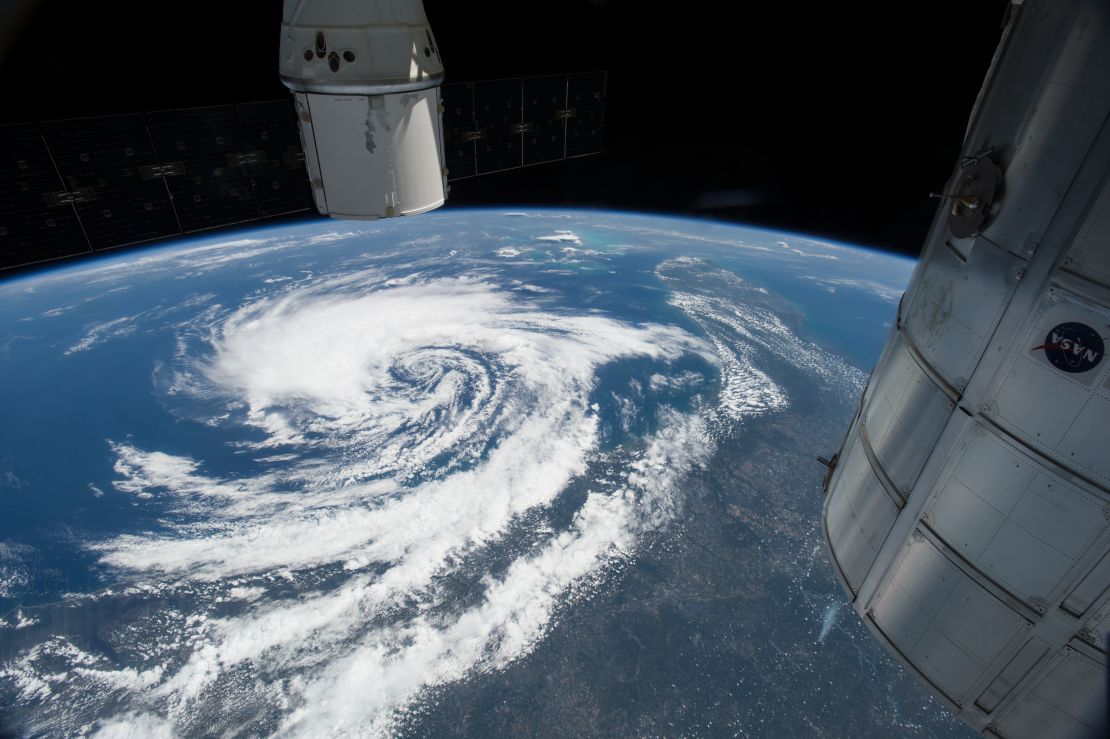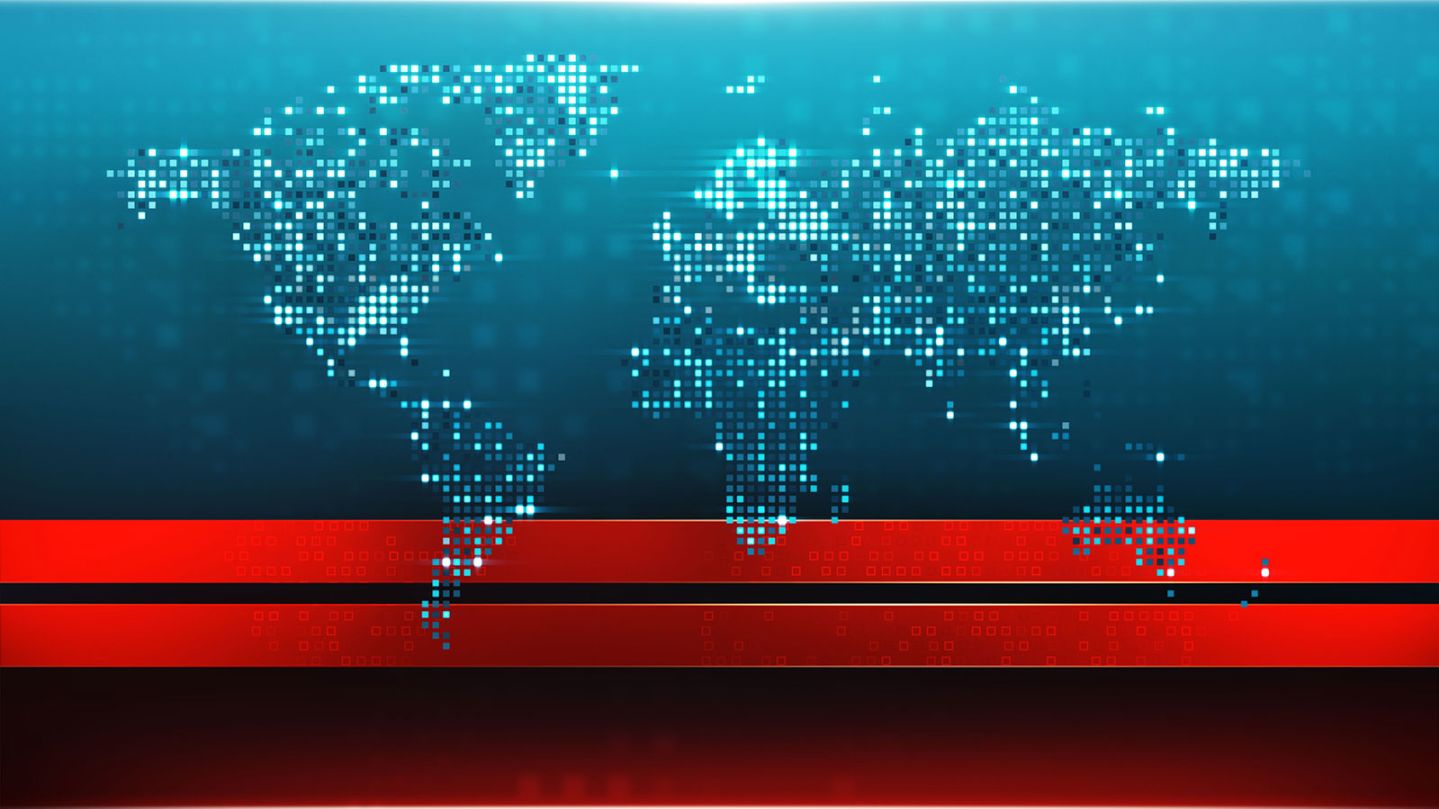“The fault, dear Brutus, is not in our stars, but in ourselves.”
William Shakespeare undoubtedly had it right in that most famous of passages from “Julius Caesar.”
But just maybe, the stars are the solution.
“Our work here and our cooperation on board the [International Space Station] is a great example for all politicians,” says Russian cosmonaut Mikhail Kornienko from that outpost.
“If they spent at least one month on board together, it would have probably resolved most of their problems and discussions on the ground.”
Hyperbole, maybe. But while America and Russia are at loggerheads over Syria and Ukraine – the tensest moment in their relationship since the end of the Cold War – cooperation in space remains steadfast.
They have jointly operated, along with several other space agencies, the ISS since the turn of the century. And since the retirement of the American space shuttle in 2011, the Russian Soyuz spacecraft is the only way for astronauts to get to and from the station.
“We follow the news,” NASA astronaut Scott Kelly told CNN’s Christiane Amanpour on Tuesday as he hurtled around the earth at 17,500 miles per hour.
“It’s not something we generally discuss between each other, although sometimes we do.”
“What’s most important to Misha [Mikhail Kornienko] and I and our Russian colleagues, and them with us, is that we have to rely on each other literally for our lives.”
For Kornienko and Kelly, that is especially true. Together, they are nine months into an epic yearlong stay aboard the space station – a record for this craft, but still falling short of Russian cosmonaut Valeri Polyakov’s 438-day stay aboard the Mir space station in the 1990s.
“Not only are we great friends,” Kelly says, “but we are completely reliant on each other if there’s an emergency up here, that we have to take care of one another.”
“We understand that there can be conflict at times between nations. And I think one of the great things about the space station is we have demonstrated that two cultures that are somewhat different and sometimes can be at odds with one another over certain things have demonstrated that they can work together in a very cooperative way at something very, very difficult for a long period of time.”
It was not, of course, always thus. The United States and Russia are the most important space powers in the world precisely because they were once such sworn enemies.
Russia led the space race early, with the launch of Sputnik in 1957, the first human-made artificial satellite, and the first human in space, Yuri Gagarin, in 1961.
But the grand prize went to America. Less than a decade after President John F. Kennedy’s challenge to reach the moon – and 66 years after the first heavier-than-air flight, at Kitty Hawk – Neil Armstrong and Buzz Aldrin landed in the Sea of Tranquillity.
The two sides would go on to build their own, rival space stations: The Russian Mir and American Skylab.
The collapse of the Soviet Union in 1991 changed the game.
Two years later, America and Russia – along with several European countries, Japan, and Canada – entered into a deal to build a true international space station.
It was an undertaking unlike any other attempted before.
The first sections would be launched in 1998; by the time it reached its current form, in 2011, it would be the length of a football field, weigh 462 tons, and contain 1.8 million lines of computer code (supported by another 3.3 million lines on the ground).
Where the solution is clear
The story that arguably most affects the view out the astronauts’ living room window was impossible for them to miss.
“I was surprised [by] the [climate change] agreement,” Kelly says, “because just to get that many people to agree to anything is pretty difficult.”
“In that regard, it was a historic event.”
That accord, signed just last weekend in Paris between 195 nations of the world, aims to limit to two degrees the global temperature rise over preindustrial times, by limited reducing carbon emissions.

“We can see the effects of our presence on Earth by looking out the window.”
“There are certain areas of the globe that are almost constantly covered with pollution. We can see weather, weather systems that don’t normally occur in certain areas that we now see more commonly,” says Kelly.
“It’s kind of funny, people say we need to save the Earth – I think what we need to save is us, because the earth is probably going to last a long time, but we need the environment of the earth to be able to sustain us, so we have to protect it.”







